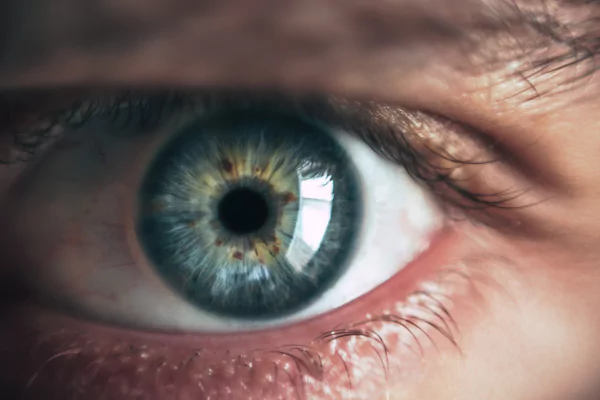The prevalence of myopia, or near-sightedness, is increasing globally; myopia affects a person’s visual acuity and it can increase the risk of other conditions.
Given these alarming statistics, it’s understandable why people would want to stop myopia from progressing. We shall examine the many techniques and interventions for myopia management in this article that have been proven successful in halting myopia’s progression.
What is Myopia?
Nearsightedness, or myopia, is a refractive defect that impairs the eye’s ability to focus clearly on distant objects. Myopia impairs close eyesight, making it difficult for myopic individuals to see items at a distance.
What is the negative impact of myopia on eye health and vision?
Myopia can have a detrimental effect on the eye and vision and can result to more serious complications if not treated. The following are typical adverse effects:
- Myopia patients frequently need to strain their eyes to see objects at a distance, which can lead to headaches, fatigue, and eye strain.
- Low quality of life; myopia can make common activities such as driving or sports very challenging, and this will lower a person’s quality of life.
- Myopia progression: As myopia worsens, more people may need corrective lenses, which could increase the risk of developing eye disorders.
How can myopia be diagnosed?
A thorough eye examination by an optometrist or ophthalmologist is commonly used to diagnose myopia. This examination includes a visual acuity test, and a refraction check to ascertain the precise prescription required for corrective lenses.
What are the Methods of Slowing Down the Progression of Myopia?
- Spending time outside has been demonstrated in studies to help children’s myopia from progressing too quickly.
- Exposure to natural sunshine for at least 2 to 3 hours daily can help reduce the progression. Workouts for the eyes can strengthen eye muscles and slow the onset of myopia.
- Some eye activities include focusing on distant things, rotating the eyes, and blinking.
- Lighting correctly is crucial; check that the room has enough light to read and perform other tasks. Dim lighting can bring eye strain and the risk of myopia progression.
- Frequent breaks from reading or digital devices can lessen eye strain and stop myopia progression.
- Wearing prescribed glasses or contact lenses as corrective lenses can aid in correcting myopia and stop it from worsening.
- Multifocal Lenses: By concurrently adjusting for near and far vision,
- multifocal lenses
- can be utilized to slow the progression of myopia.
- Orthokeratology: Orthokeratology is reshaping the cornea overnight while you sleep using specialized contact lenses. This can decrease the progression of myopia and assist in correcting it.
- Low dose atropine eye drops: Studies have demonstrated that low dose atropine eye drops can effectively halt the growth of myopia in young children. They relieve eye strain by calming the eye muscles.
In conclusion, myopia can be slowed down in its progress. Ensure to consult a specialist to seek medical advice and other treatment options if the condition keeps getting severe. The progression of myopia can be reduced, and people’s eyesight can be long-term protected with the correct therapies.
Read Also: The Importance Of Making Regular Appointments With Your Local Optician.







